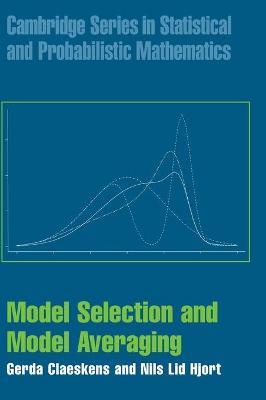Cambridge Series in Statistical and Probabilistic Mathematics
2 total works
This lively book lays out a methodology of confidence distributions and puts them through their paces. Among other merits, they lead to optimal combinations of confidence from different sources of information, and they can make complex models amenable to objective and indeed prior-free analysis for less subjectively inclined statisticians. The generous mixture of theory, illustrations, applications and exercises is suitable for statisticians at all levels of experience, as well as for data-oriented scientists. Some confidence distributions are less dispersed than their competitors. This concept leads to a theory of risk functions and comparisons for distributions of confidence. Neyman-Pearson type theorems leading to optimal confidence are developed and richly illustrated. Exact and optimal confidence distribution is the gold standard for inferred epistemic distributions. Confidence distributions and likelihood functions are intertwined, allowing prior distributions to be made part of the likelihood. Meta-analysis in likelihood terms is developed and taken beyond traditional methods, suiting it in particular to combining information across diverse data sources.
Given a data set, you can fit thousands of models at the push of a button, but how do you choose the best? With so many candidate models, overfitting is a real danger. Is the monkey who typed Hamlet actually a good writer? Choosing a model is central to all statistical work with data. We have seen rapid advances in model fitting and in the theoretical understanding of model selection, yet this book is the first to synthesize research and practice from this active field. Model choice criteria are explained, discussed and compared, including the AIC, BIC, DIC and FIC. The uncertainties involved with model selection are tackled, with discussions of frequentist and Bayesian methods; model averaging schemes are presented. Real-data examples are complemented by derivations providing deeper insight into the methodology, and instructive exercises build familiarity with the methods. The companion website features Data sets and R code.

